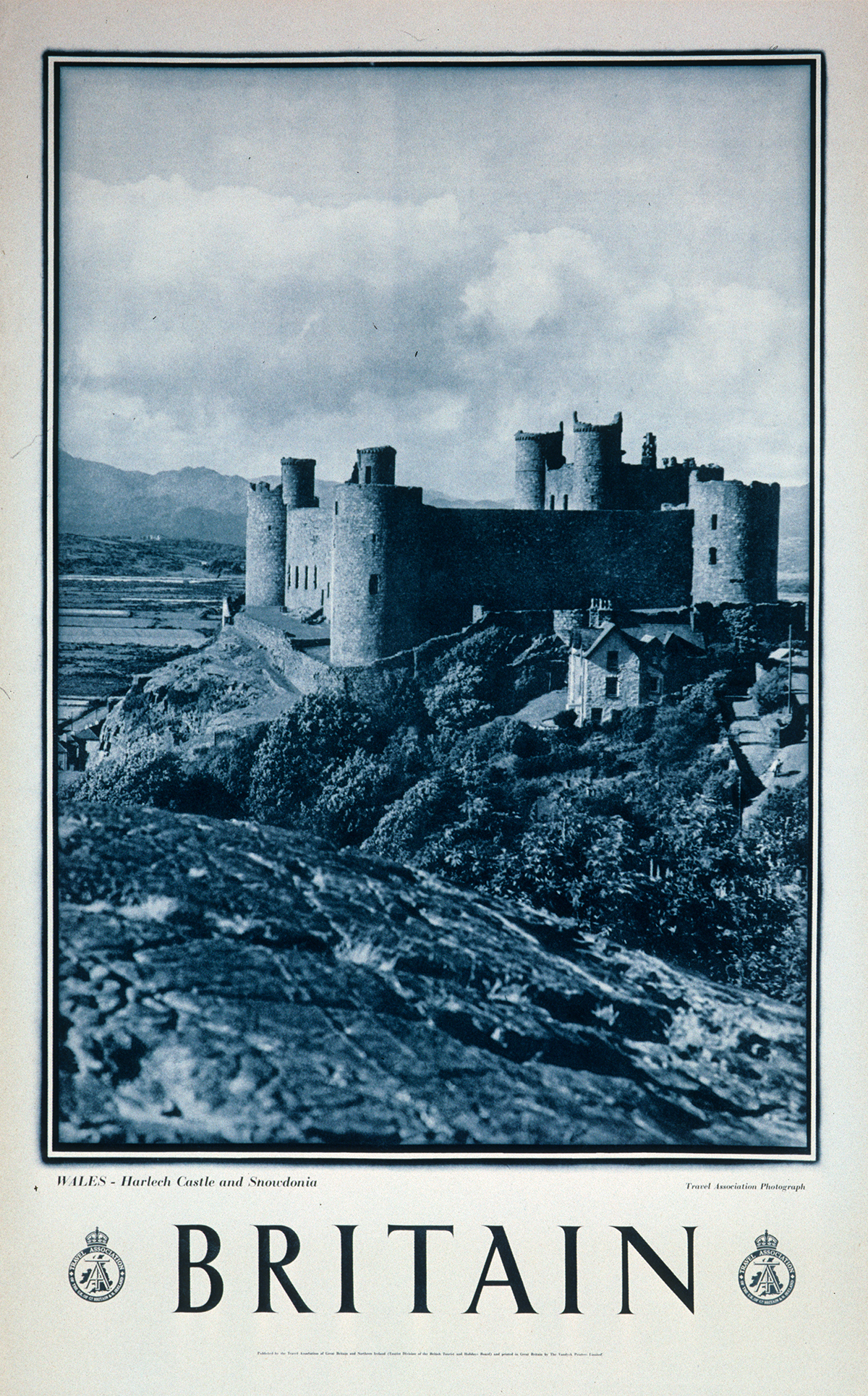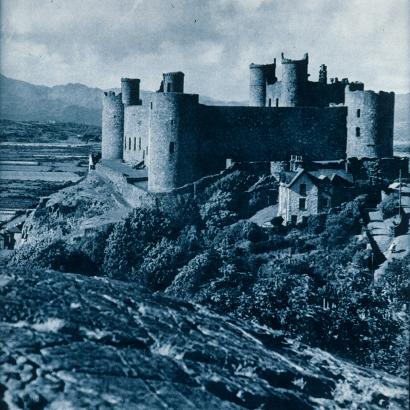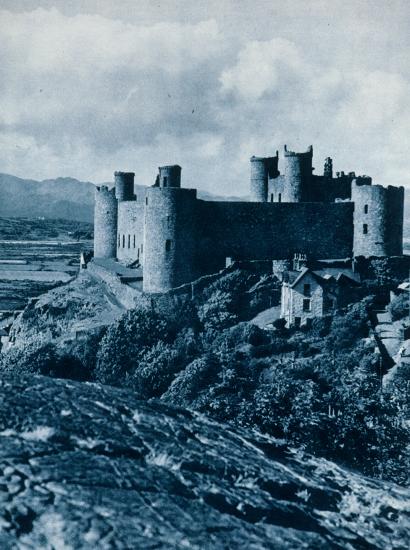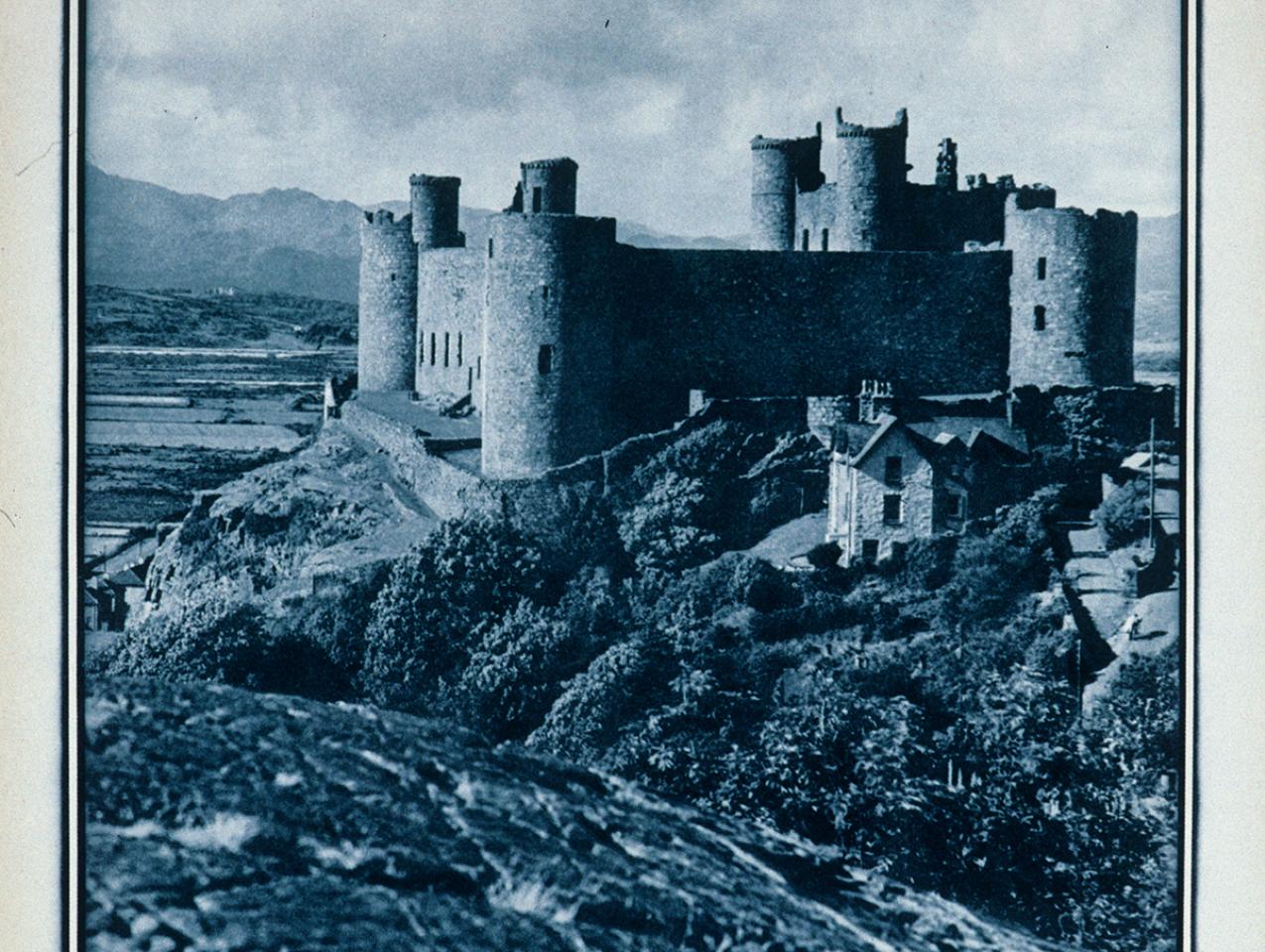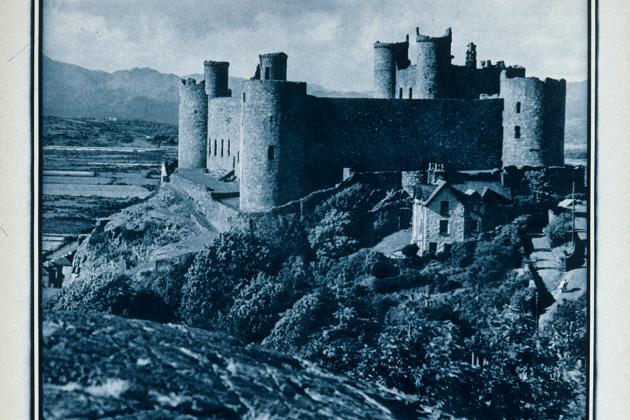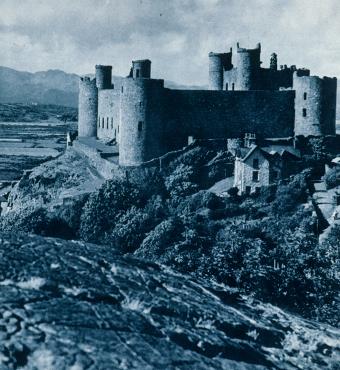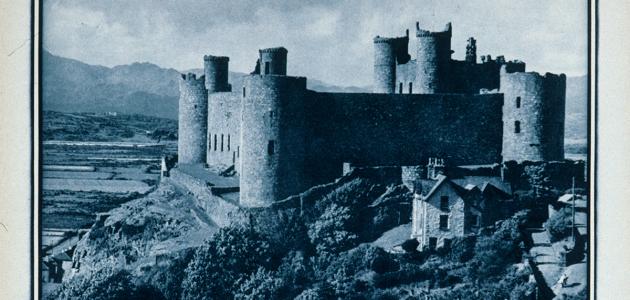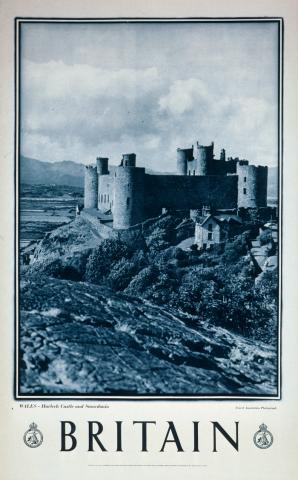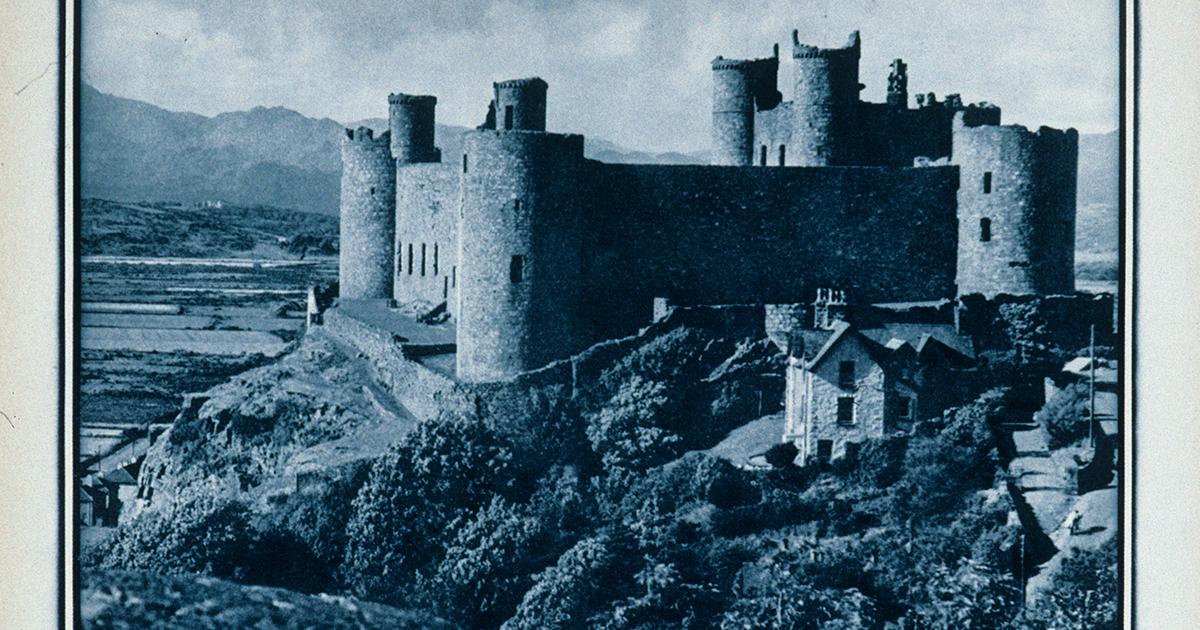In 1277, King Edward I of England defeated Llywelyn ap Gryffydd, the last Welsh Prince of Wales, bringing together the two countries under one crown, which has been an extraordinarily successful union for both countries for nearly three-quarters of a millennium. In a new “anti-racist guidance,” however, from a body which has charged itself with identifying statues and monuments that supposedly “glorify colonialism and slavery,” Edward I’s Welsh castles are now deemed “problematic”—the word woke historians use to describe anything they dislike.
The massive and splendid Welsh castles of Conway, Beaumaris, Caernarvon, and Harlech were built to defend the new union of England and Wales, which they did very successfully. They were the first to be built with thin arrow-slits and on concentric patterns, ideas learnt from the Crusades. As the Welsh swiftly adapted to the union, from which they benefitted enormously over the next seven centuries, the castles often became administrative hubs, which explains why they are in such fine condition today.
Yet the Association of Local Government Archaeological Officers Cymru (Cymru means “Wales” in Welsh) now wants the visitors to see Edward I’s castles not primarily as magnificent architectural structures but as “symbols of oppression and alienation.” Under its “decolonisation” agenda, the castles “illustrate well the potentially divisive legacy of historical events.” In fact, the historical events of seven and a half centuries ago are only “potentially divisive” in the eyes of a tiny minority of politically motivated people, who use them to try to poison the longest union of two peoples in history.
Despite being for archaeologists, the Association has of course not confined their antagonism to ancient monuments. Back in 2021, it also suggested that the statue of Sir Henry Morton Stanley—the Welsh-American explorer immortalised for saying “Dr Livingstone, I presume?”—should be dismantled in Denbigh in Wales. “Most of us would not want to see commemorations put up that could trigger individuals to relive traumas they had experienced,” it wrote. “People who have been subjected to racial prejudice or racist attacks may find it traumatic to see figures who had known connections to racist policies or actions, celebrated prominently.” This, despite the fact that before they brought up the subject of Stanley, who was no more or less racist than any other nineteenth-century white explorer, not a single inhabitant of Denbigh had claimed to be traumatized by the statue.
Fortunately, the Association does not have the power to remove statues, and when the residents of Denbigh finally got a chance to be heard on the issue, they voted four to one in favour of leaving Stanley where he was. Similarly, when people vote with their feet, they choose to visit castles and historic monuments in growing numbers, regardless of what woke archaeologists might warn about the likelihood of triggering and trauma. Heritage organisations are recording record numbers of visitors, for example, higher than before Covid.
The idea that ordinary people cannot be trusted to visit historical monuments without taking on the prejudices of a bygone era shows the contempt that all too many curators and campaigners feel towards the people who ultimately pay their salaries, but luckily none of this seems to be dissuading people from visiting castles and monuments.







